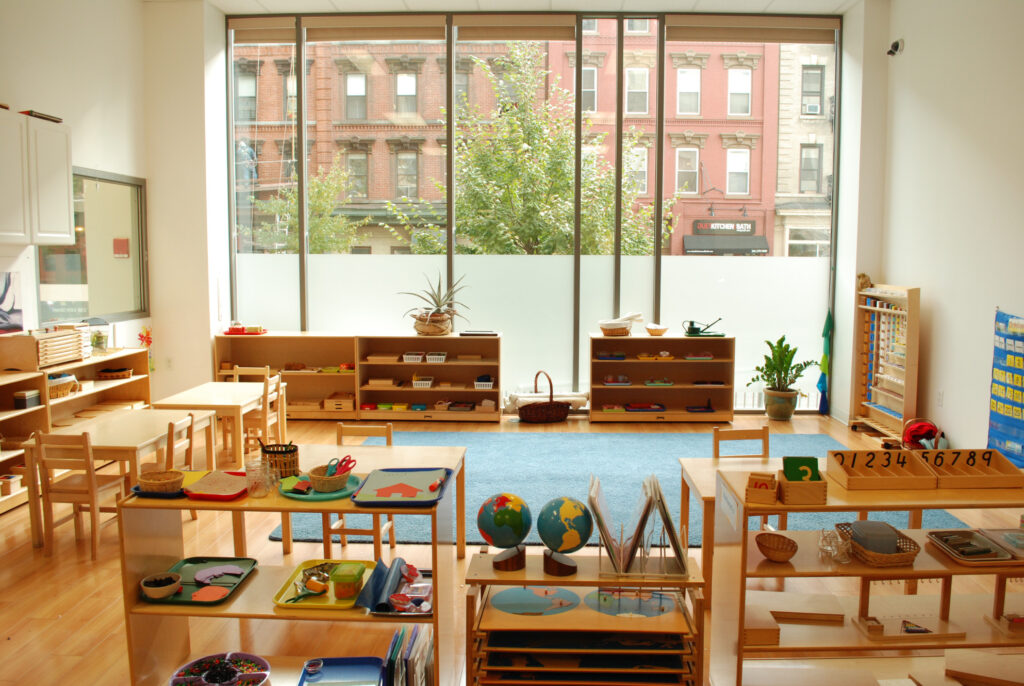Montessori is an education method that values self-paced, hands-on learning. Dr. Maria Montessori is a scientist and doctor who observed children’s learning behaviors and created an education system that she claims is effective and backed by science.
Montessori is based on science. Dr. Montessori observed and drew conclusions about the best ways children absorbed knowledge and she modeled her education system after that. Central to Montessori are the scientifically proven ideas of “natural learning”, learning materials, and self-pacing.
This article explores the science behind the Montessori theory as well the effects and benefits this learning system has on children.
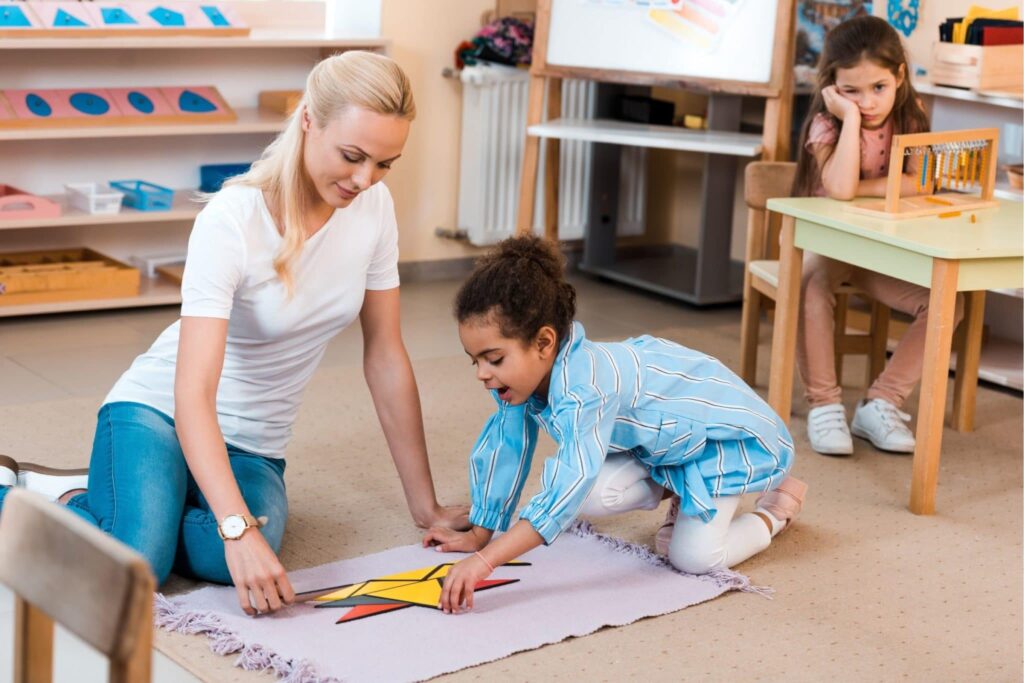
Scientific Techniques Montessori Uses
Dr. Maria Montessori was a doctor before she devoted her life to teaching the Montessori method. During her time as a doctor, she observed the learning patterns of the special needs children she worked with in Rome, Italy. She recognized that these students deserved a personalized learning system.
Through her observations, she later developed a learning system that is now widely used across the world. Montessori used scientific techniques to develop this system. She drew conclusions, made adjustments, and observed again. By doing this, she incorporated steps of the scientific method.
Through her observations, she learned that an effective form of education should take advantage of the “natural cycle of learning.” Learning at Montessori follows the natural development of a child. Through Dr. Montessori’s observations and conclusions, she learned that learning is an independent journey that should be personalized to a certain child’s strengths.
Montessori found that there are four stages of development that indicate what children are motivated to learn during each stage. Those stages are absorbent mind (birth-6 years old), reasoning mind (6-12 years old), social consciousness (12-18 years old), and transition to adulthood (18-24 years old).
Based on the age of the child, the Montessori system customizes what materials and skills a child is going to learn depending on the stage of life that child is in. Learning should be personalized. This “natural cycle of learning” helps students digest knowledge at a natural pace that follows the child’s growth
One of the key principles of the Montessori method is self-paced and independent learning. This method is scientifically proven to be effective through research that is discussed later on in this article. Dr. Montessori found that children worked best and were more excited about learning if they were given independence. Independent learning looks like the student choosing what they want to discover. The teacher provides advice and guidance but the student learns at their own pace.
The high level of independence students are given also leads to increased levels of mutuality and motivation. In many children’s eyes, a teacher can be restrictive. Montessori wants to avoid that mindset. Montessori certified teachers are mentor figures that encourage a student’s individual learning path while providing feedback and advice when necessary.
In most Montessori classrooms, teachers use a 3-hour work cycle. This is a 1-3 hour time period that is set aside for the children to explore whatever they are interested in with loose instruction from teachers. Children can choose different learning materials and experiment with them at their own pace.
This cycle led to increased concentration skills and a desire to pursue specific skills and knowledge. The work cycles also stop comparisons between students. Students work at their own pace and aren’t distracted if students complete tasks earlier than others. This leads to a healthier learning environment with no negative competition.
The environment that students learn in is also constructed with science in mind. Central to Montessori is the observation that children build themselves using what is available in their environment. Young children learn in a multi-sensory fashion, not by just watching or listening. This observation is why the learning materials found in Montessori classrooms are so important. Hands-on learning is essential to the Montessori method.

Learning Materials
The Montessori child learns by doing. Montessori encourages children to develop their observation skills by performing many types of activities. These activities are designed to use as many of the senses as possible, kinetic movement, spatial refinement, small and large motor skill coordination, and concrete knowledge that leads to later abstraction. Activating these senses leads to heightened learning as well as an increased joy from learning. The materials found in the classroom use science to engage these senses.
The principle of these learning materials is that the child learns through physical movement and masters the motions. This later prepares the child to understand the more abstract concepts. Sensory materials teach children how basic sensations feel and teaches them to use their vocabulary to describe those sensations.
Some of the learning materials found in the classroom include thermic tiles, counting beads, stack-able blocks, and movable maps. These objects engage the children’s senses and also teach them problem-solving skills.
Children also learn to trace letter and number shapes before actually writing the words on paper. This builds hand strength and dexterity. It also teaches pencil control and spelling before a child has actually written any words. The theory behind this is that the child learns the movement and physical aspect of the skills first so then when they try the more abstract idea of writing itself, it comes more naturally and with less frustration.
Another effective learning material is the Bead Chain. These beads typically are used when teaching math. Beads can be found in almost any Montessori classroom and are a foundational learning material. The beads visually represent numbers and how numbers interact with each other. These beads are particularly helpful when learning subtraction, addition, division, and multiplication. Montessori found that vision is powerful. Actually seeing math physically happen helps children grasp the concepts easily.

Learning materials make the transition from concrete and physical learning to abstract and more complex learning much easier. Physical motions such as stacking blocks and moving counting beads prepares the mind for larger concepts. Learning new concepts becomes a lot less overwhelming when students are first introduced to the simple physical aspects of the concept.
The materials found in class are meant to be teachers to the students. Physical materials teach children to be self-correcting. The kids stack blocks together and trace letters. These are independent activities. It is the students’ responsibility to use problem-solving skills to fix any problems that may arise when completing tasks with materials. This learning method relies on learning by trial and error which is scientifically proven to be effective when learning new skills
The use of learning materials was found to lengthen children’s attention spans. Especially during Dr. Montessori’s time, young children were considered to have very brief attention spans. She noticed, however, that when deeply interested in a carefully designed material a child could focus in such a way that he or she seemed to shut out every distraction. Those materials would help children absorb information better and get in what we would call today being in the “zone” or “flow.”
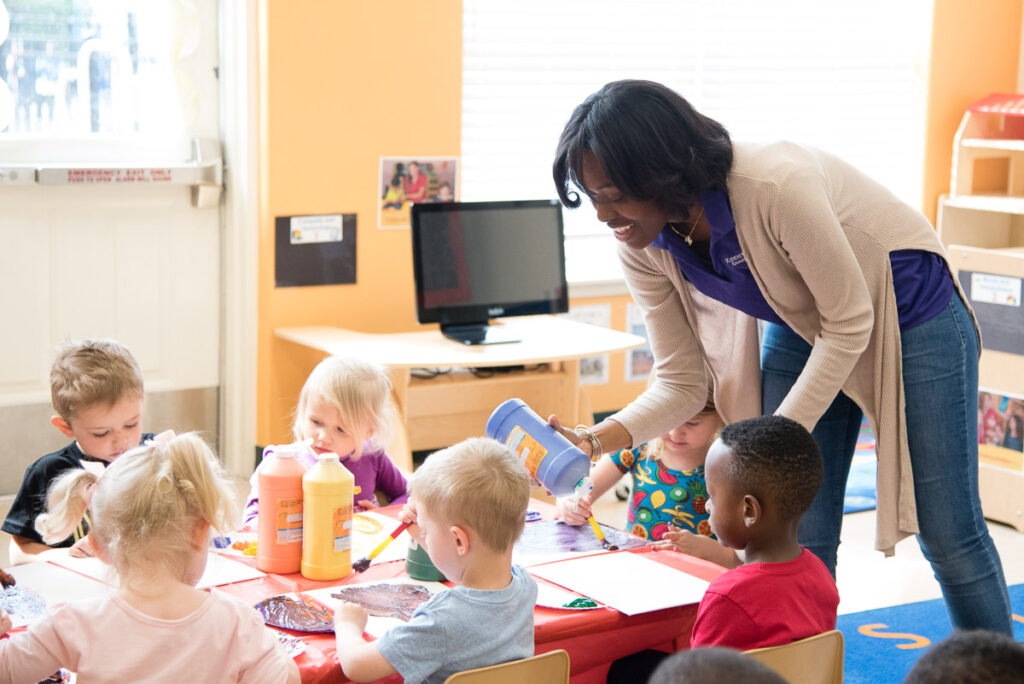
The Research Behind Montessori
Montessori schools have been around for many years. This has given professionals time to do research and observe the effects of this education system. When it comes to test scores, Montessori students seem to excel.
Psychologists Angeline Lillard of the University of Virginia and Nicole Else-Quest performed a study on Montessori students and compared those who attended Montessori school to those who attended public school. All of these children who participated in the experiment came from relatively the same economic background.
The study showed that the Montessori group of five-year-olds outscored the control group of students on a variety of tests. The older students, around twelve years old, were evaluated on their essay writing skills. The Montessori students received higher grades on their essays.
Not only were Montessori scored higher, but they were also equalized across subgroups. There was not a large discrepancy between the scores of the Montessori students. They all tended to score around the same. This shows that Montessori students tend to experience relativity the same levels of success.
Students of all different strengths and backgrounds can all succeed under the Montessori system because it is so individualized. Students work at their own pace and are able to dedicate more time to their weaknesses in the personal time they are given at school.
Studying of Montessori students also revealed some telling details about the way they interact in social situations. When confronted with social issues, such as one child hoarding a swing, Montessori kids tended to resort to reasoning. 43 percent of Montessori resorted to reasoning compared to 18 percent of public school students. This research shows that the level of maturity tends to be higher in Montessori schools. The benefits of Montessori learning translates outside of the classroom.
Montessori students’ success in social situations is due to the amount of independence that the kids are given at a young age. Since they were little, Montessori kids have been given time to develop skills at their own pace and independently solve issues that may arise in the classroom.
Because of the way they are taught in school, the children are able to easily adapt to real-life situations. These kids learn that patience and optimism are key when approaching new situations or handling problems. The children of Dr. Lillard’s experiment were also tested on executive function. Executive function is the ability to adapt to changing rules that increase in complexity. Montessori students once again outscore their counterparts.
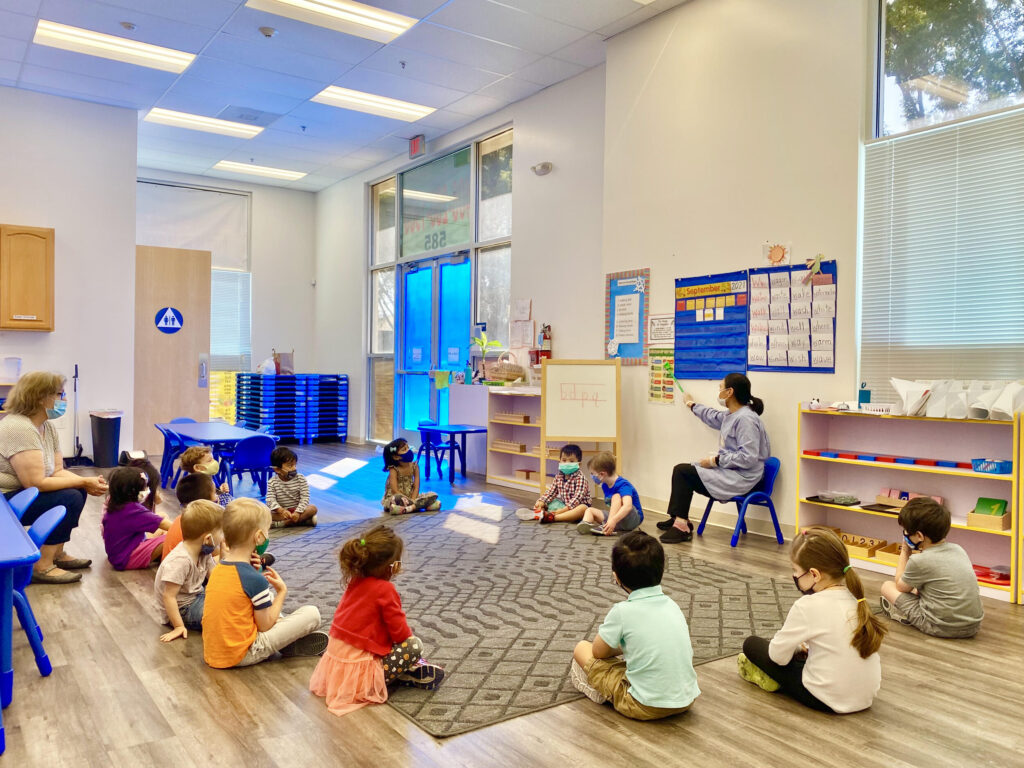
No Grades
A defining characteristic of the Montessori education system is the avoidance of letter grades. This has received some skepticism from critics. The scientific reasoning behind this academic choice is based on the idea that learning is most effective when the student is self-motivated. Grades are an external reward. External rewards are found to have little lasting effect on a child’s success or achievements.
Montessori schools argue that the motivation to learn must come from within. Montessori learning is based on independence. An independent learner must be self-sufficient and must want to succeed for reasons less superficial than a letter grade.
Despite teachers’ reluctance to give out grades, the Montessori teachers still observe their students and their learning pattern very carefully. They observe a student’s progress and weaknesses. Teachers offer assessments of their child’s progress and constantly provide feedback to the students.
Feedback is found to be better received when it is not attached with a negative number or grade. Students are more open to improvement when they aren’t distracted by a failing grade. Most schools also hold parent-teacher conferences so the parents can gain an understanding of their child’s academic journey.
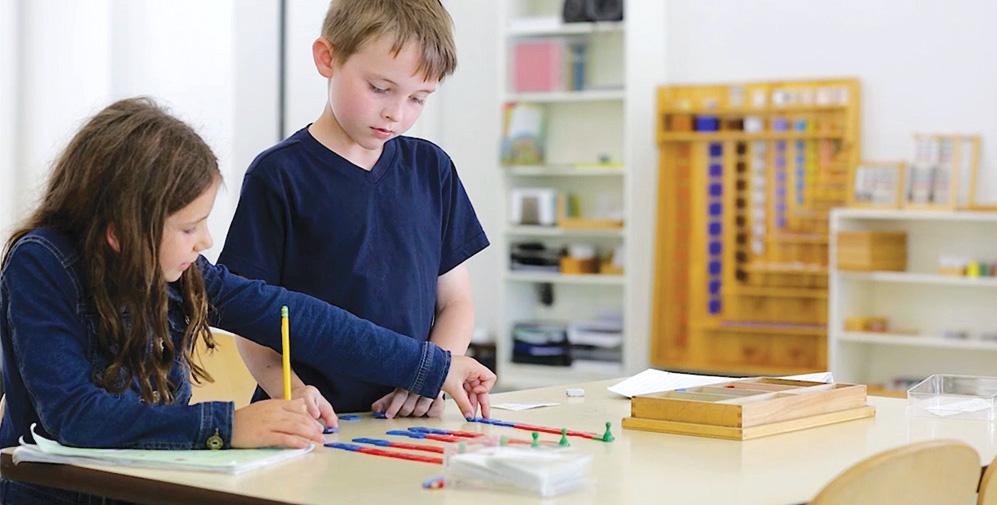
What Type of Student Benefits from Montessori?
Any type of student has a great chance of succeeding in a Montessori environment. It is recommended that you start your child in a Montessori program young in order to see the best results. If the child is introduced to the program near the beginning of their education, it will be easier for them to adapt to the learning environment and the learning methods that Montessori schools use. Montessori sets students up to learn independently and learn important skills from the environment they are placed in.
It is found that students with learning disabilities such as ADHD excel in Montessori schools. The simplicity of the Montessori method is a relief for students that easily over-stimulate. Fewer distractions in the classroom diminish a lot of frustrations that ADHD kids experience due to the overwhelming feeling that is often felt in a classroom.
Self-pacing is also a great way for children with learning disabilities to succeed. People with ADHD tend to take a little longer to get accumulated to new ideas. Montessori allows them to take any amount of time needed.
Many children with learning disabilities don’t enjoy traditional learning. These kids have negative feelings associated with learning because their classroom didn’t accommodate the way that their brain processed information. This negative mindset needs to be eliminated. Learning is a joy that every child deserves to experience. Montessori provides positive learning environments to those that have struggled with school, due to social or mental issues.
